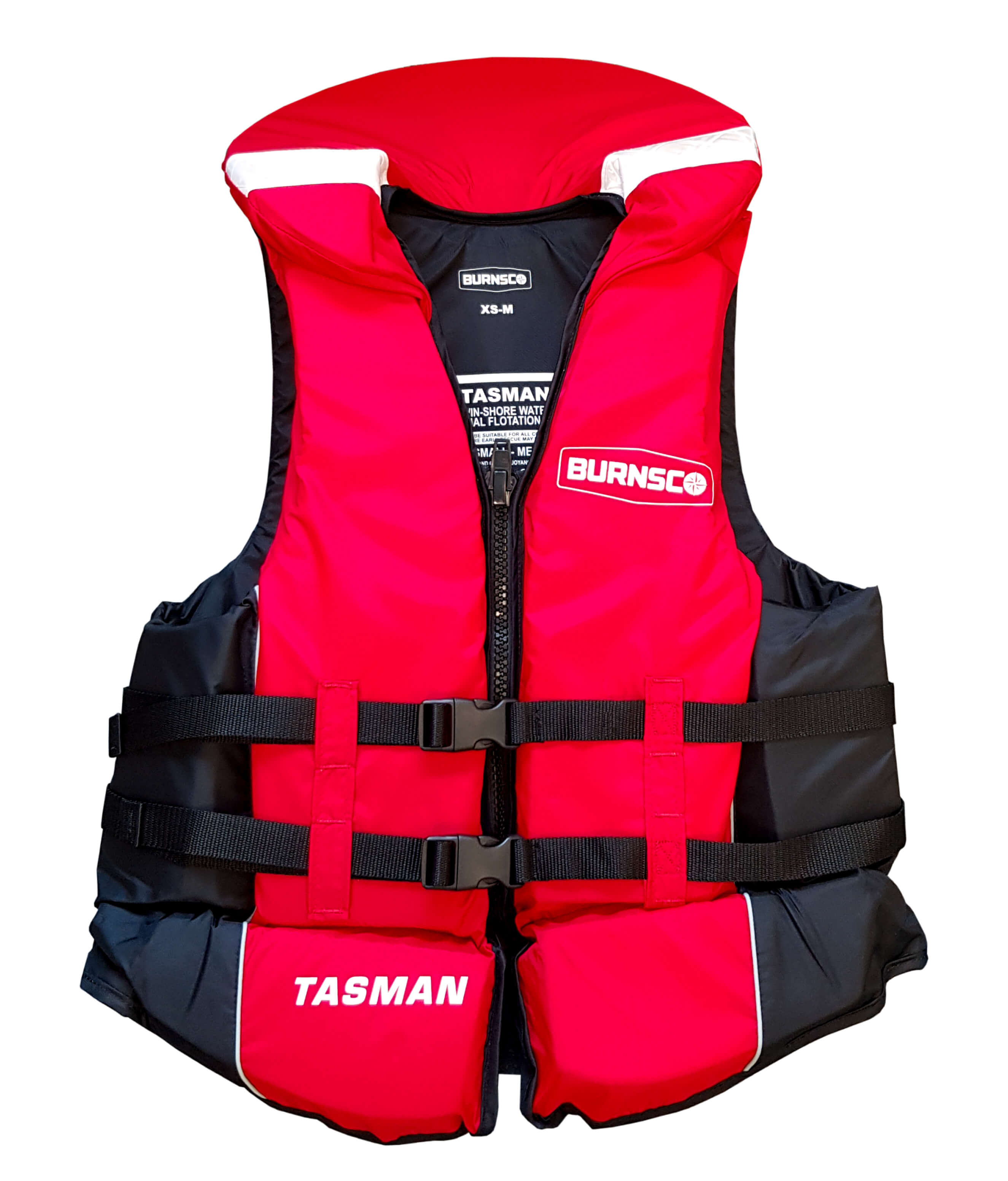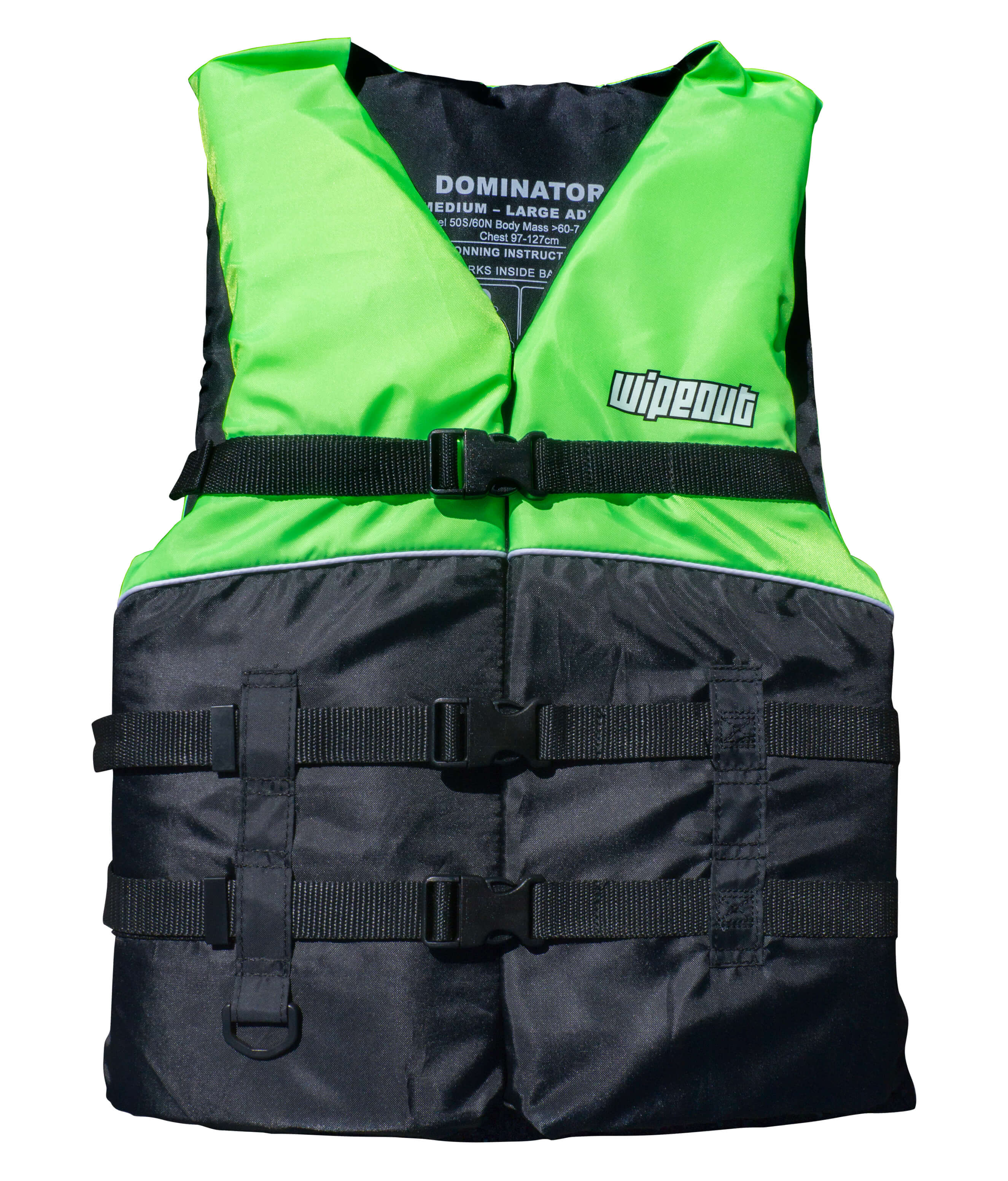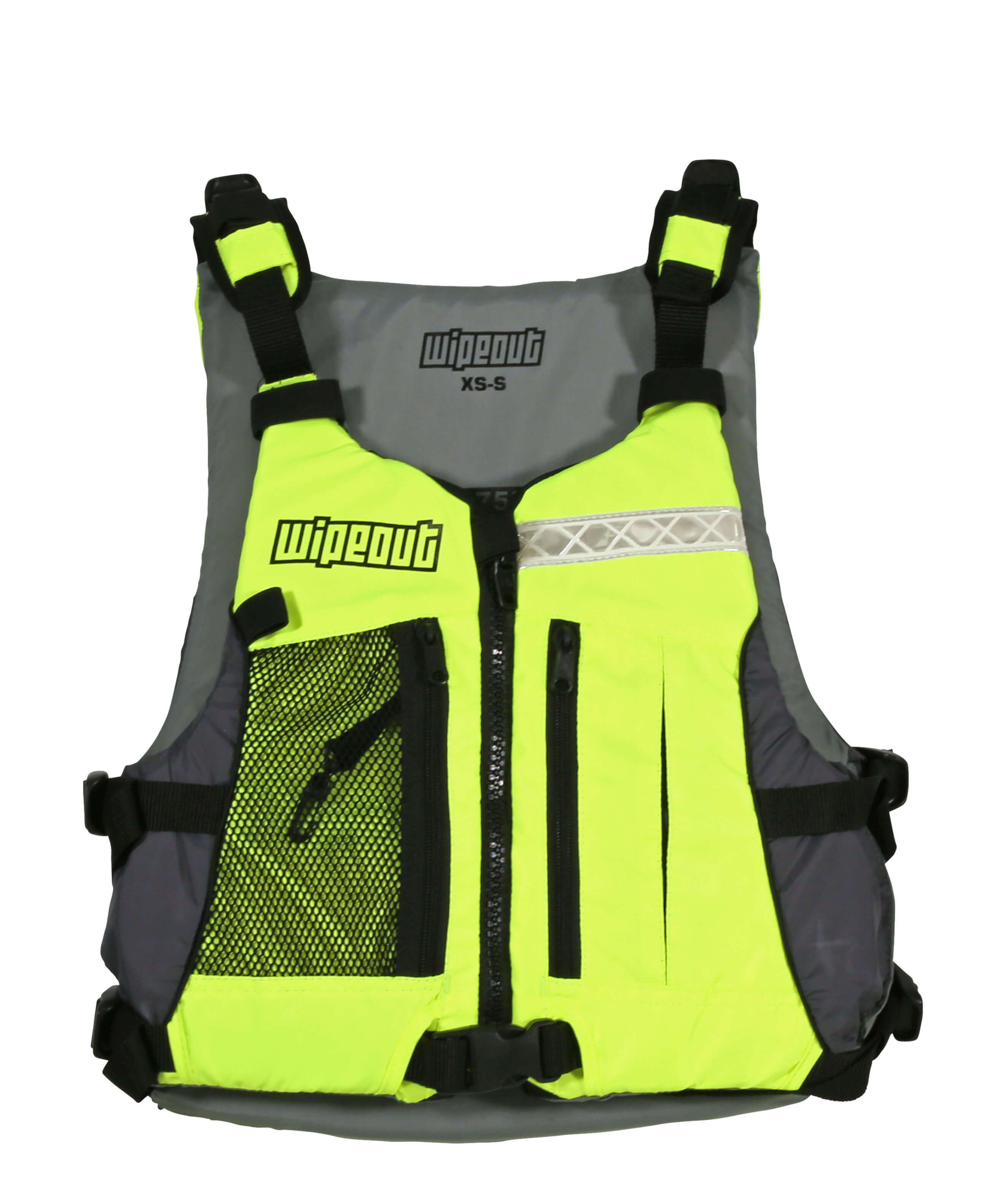KASK x Burnsco: Choosing the right kayak equipment
As we discussed in the previous article, kayaking is one of the best forms of physical activity you can do and with thousands of kilometres of coastlines around New Zealand’s rivers, lakes and oceans, there is plenty to see! Safety should always be your top priority when setting out, but sometimes you may not know what gear to purchase. So, let’s delve into finding the right kayak equipment and explore the partnership between The Kiwi Association of Sea Kayakers (KASK) and Burnsco, focusing on three critical aspects: Personal Flotation Devices (PFDs), paddles, and kayak choices.
Personal Flotation Devices (PFDs)
Choosing the right Personal Flotation Device (PFD) is paramount to your safety on the water. There is a wide range of PFD styles, each designed for specific kayaking conditions and preferences.
Traditional PFD with Collar: These PFDs feature a collar that provides extra buoyancy to keep your head above water. However, due to their long and ‘bulky’ nature they are not designed or suited for kayaking. Only use these as a last resort if specific kayaking jackets are unavailable and only use in inshore sheltered waters such as lakes, rivers, and bays.
All Purpose PFD: These PFDs can be used for general kayaking activities as they are shorter in length. They offer a balance between buoyancy and mobility, making them a popular choice for recreational inshore paddlers. However, if you are more experienced and doing a lot of kayaking a specific kayak PFD would be more suited to you.
Kayak Fishing PFD: If you're an angler, consider a PFD tailored to kayak fishing. These PFDs typically have multiple pockets for gear storage and include a large pouch at the back for hydration bladders. Most also feature adjustable side and shoulder straps, these are designed to accommodate the sitting position commonly used in fishing kayaks.
White Water and Sea Kayak PFDs: For more specialised purposes, such as white water or sea kayaking, choose PFDs that cater to the unique demands of these activities. They often feature additional safety features like rescue harnesses and reinforced construction.
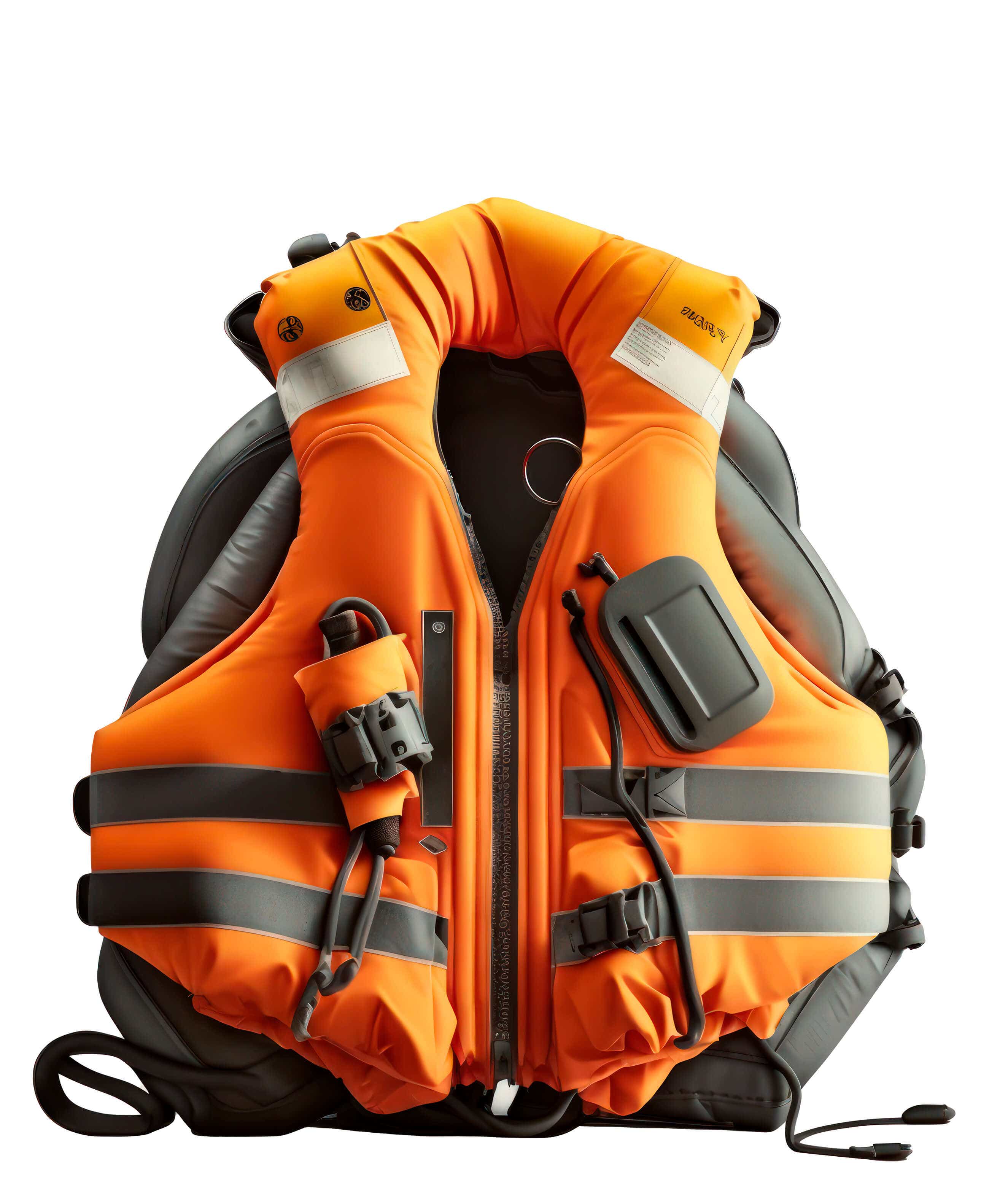

Remember that not all PFDs are suitable for all conditions. The right choice depends on your kayaking style and where you plan to paddle. When in doubt, seek advice from experienced paddlers or experts in the store to ensure you select the most appropriate PFD for your needs.
Paddles
Selecting the right paddle can significantly impact your kayaking experience. With various options available, it's essential to understand the pros and cons of each type.
Traditional Paddles: These paddles typically have a straight shaft and are made from a single piece of material. They often feature larger blades, providing ample power and control. They are a good entry level choice for those who prefer a simple, sturdy design.
2-Piece Paddles: Ideal for those with limited storage space, 2-piece paddles can be separated into two parts for easy transport. They offer a streamlined blade design, making them efficient through the water. These generally come available in an aluminium, fibreglass or carbon fibre shaft depending on your budget.
4-Piece Paddles: These paddles are versatile and practical, as they can be broken down into four pieces. This feature is excellent for emergency situations or when storage space is limited.
High-End Crank Shaft Paddles: If you're looking for maximum comfort and power, consider high end paddles with a bent shaft. The ergonomic design reduces strain on your wrists and allows for more efficient, powerful strokes.
Each type of paddle has its advantages and disadvantages. To find the paddle that suits you best, consult fellow paddlers and in store experts, while considering your skill level and kayaking objectives.
Kayaks
Choosing the right kayak is essential for a safe and enjoyable kayaking experience. The type of kayak you select should align with your intended use and preferences.
Sit-on-Top Recreational Kayak: These kayaks are extremely buoyant, making them stable and easy to use. However, they are shorter and not designed for long distance paddling. They are a great choice for inshore kayaking in sheltered waters, ideal for taking to the lake, rivers and bays with the family over summer.
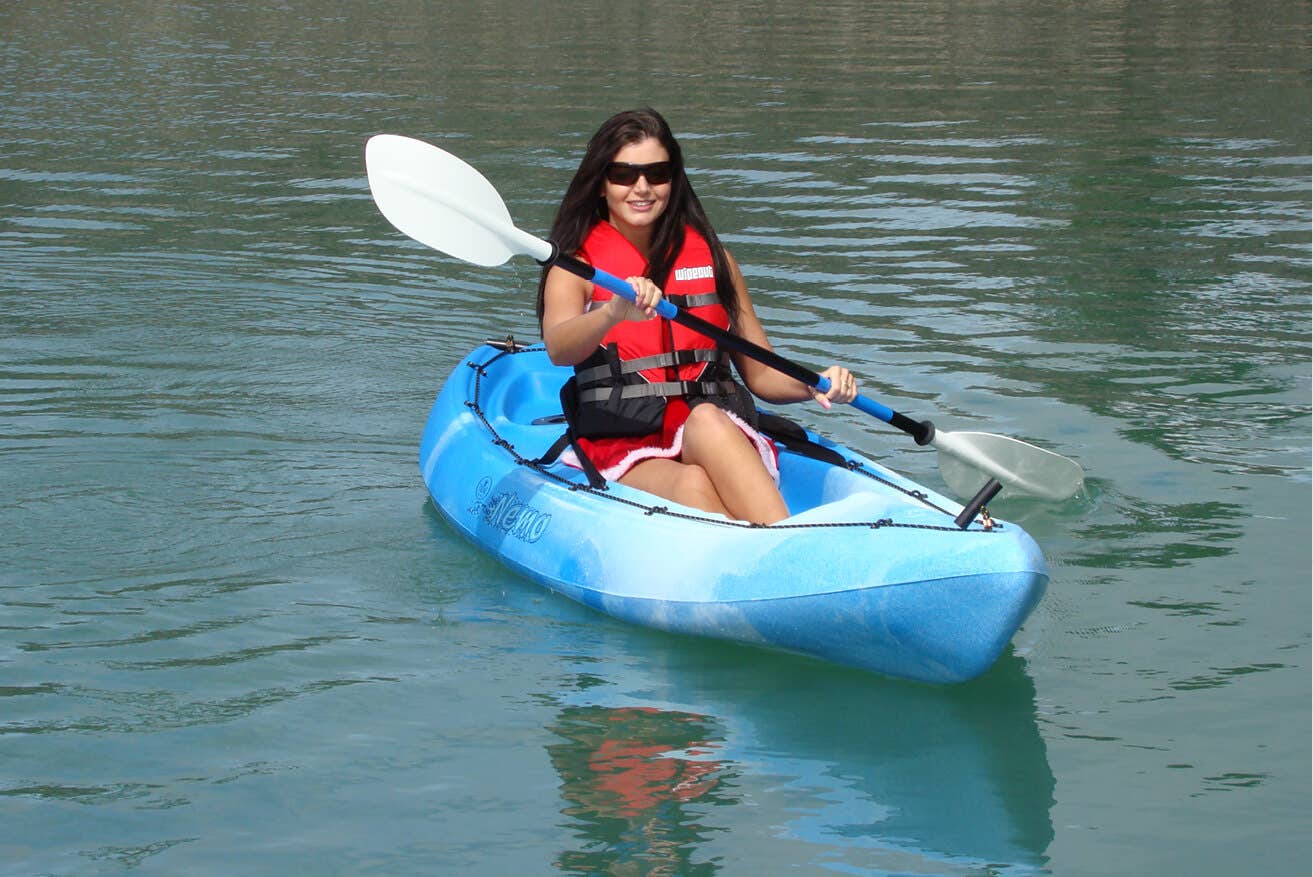

Sea Kayak: Sea kayaks are sit-in kayaks that allow you to use a spray skirt to keep water out, they are designed for open water and can handle rough conditions. They are longer and narrower than fishing kayaks, providing better speed, and tracking for long distance expeditions. They generally also have watertight bulkheads that provide storage and flotation. With their specially designed hull shape, they strike a perfect balance between speed and manoeuvrability.
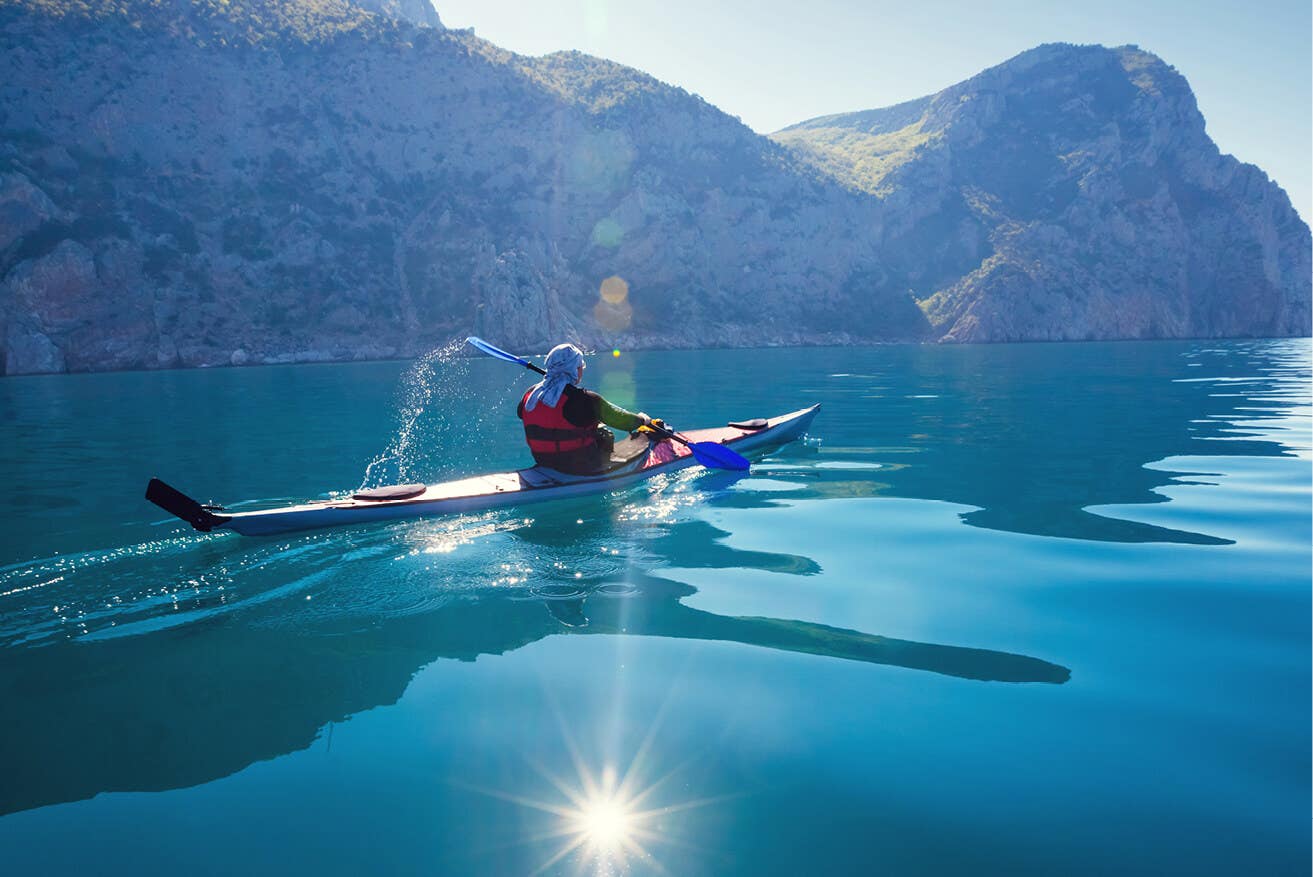

Sit-on-Top Fishing Kayak: Similar to recreational kayaks, fishing kayaks are extremely buoyant. However, fishing kayaks are longer in length and most have a tapered bow, this enables them to cut through the water more efficiently therefore increasing their speed and overall distance you can cover. Due to differing fishing methods, these kayaks have a lower sitting point of gravity, combine this with the wider hull design and you have an incredibly stable kayak at both speed and rest. Designed with angling in mind, fishing kayaks offer plenty of storage options, including multiple hatches, rod holders and specialty mounting points for various electronics and added extras.
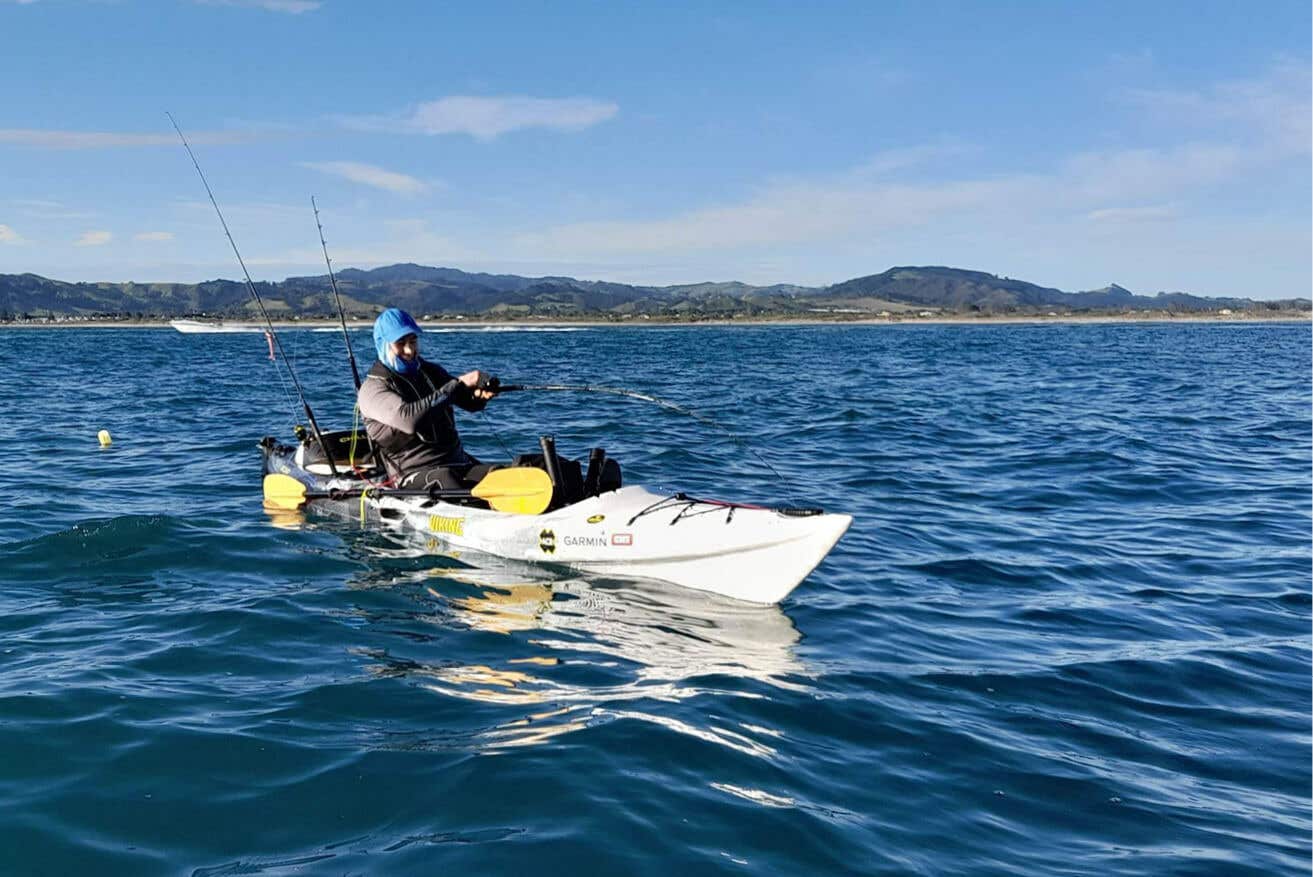

White Water Kayak: These sit in kayaks are designed for white water or closed water environments. There are varying styles of white water kayaks depending, but the common theme is that they are short, lack bulkheads (some have foam blocks, some require floatation bags for buoyancy) and they are quite hard to keep paddling in a straight line! The more advanced you are you may opt for even more specialised options. These highly manoeuvrable kayaks are designed for tricks and advanced white water paddling. These are not your average kayak and should only be used by trained paddlers.
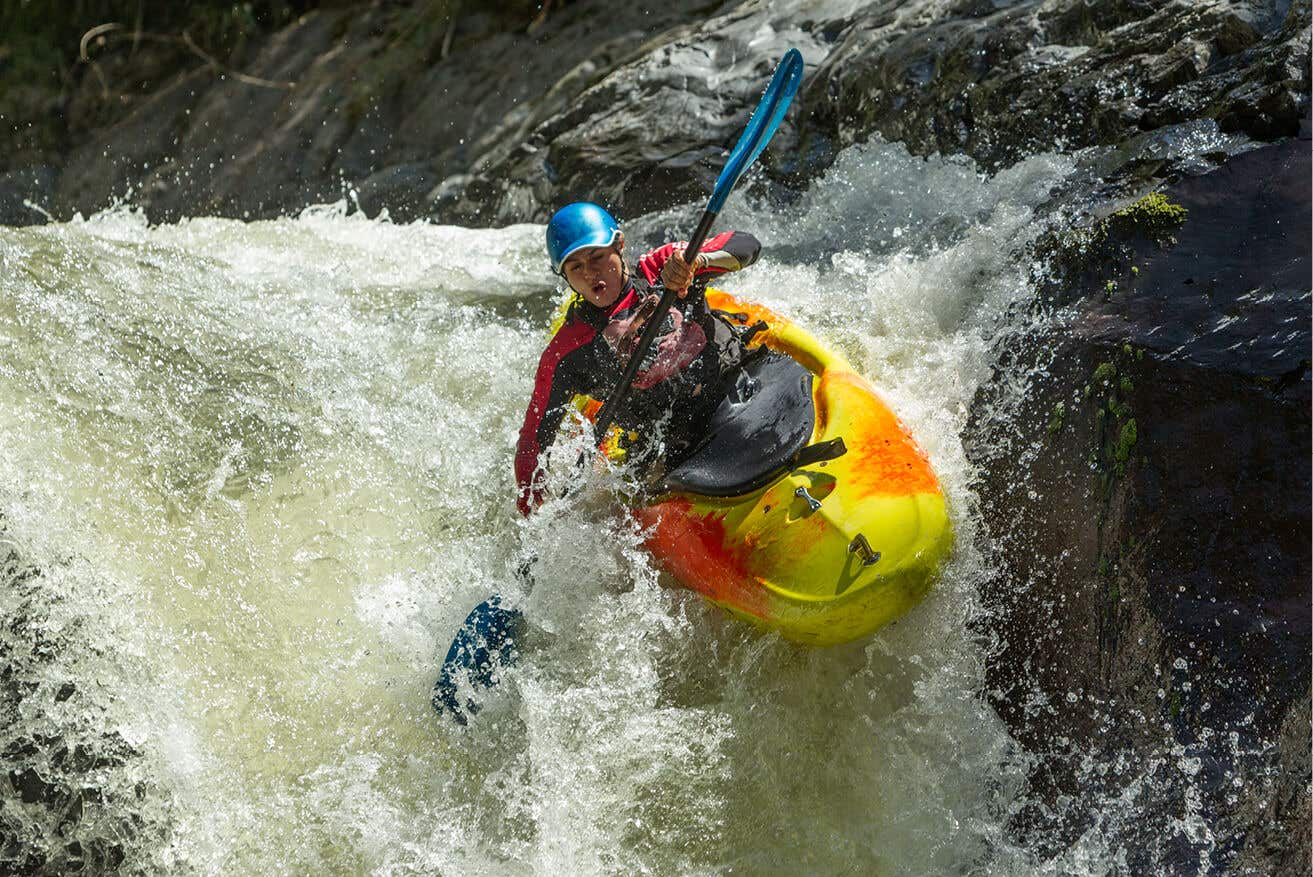

Your safety while kayaking begins with thoughtful choices in PFDs, paddles, and kayaks. It's crucial to match your equipment to your specific needs and conditions. Consult with experienced paddlers or store experts to make informed decisions, and always prioritise safety on the water. A perfect way to do this would be to get along to one of the KASK roadshows that are happening around New Zealand this summer, to find out if there will be one in your area, please check out the link: KayakSafe NZ
For other useful articles about Kayaking please find the following links below:
KASK x Burnsco: Kayak Safety Intro
Have fun with your Viking Kayak
Do you have any questions?
Please, contact our friendly team on 0800 102041 or email: website@burnsco.co.nz
We provide general information on products, not personal advice. Always seek the help of a relevant tradesperson if you have a technical query.


